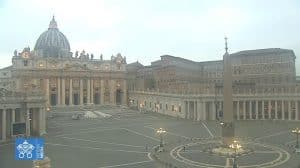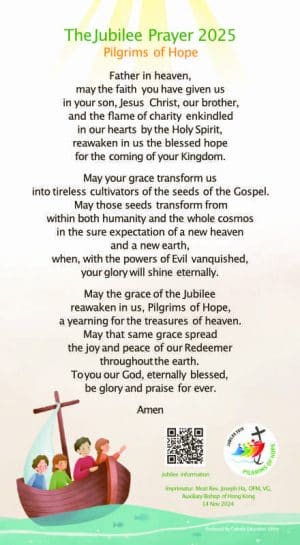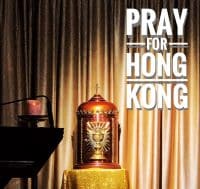
TOKYO (Agenzia Fides): The Japanese call it tabunka kyōsei, that is, “multicultural coexistence”. It is lived daily on the premises of the Church of Meguro in Tokyo, where the Catholic Tokyo International Centre [CTIC] works, an institution that was born in 1990 as a place of apostolate in the service of immigrants and refugees and today an appreciated reality, point of reference for the pastoral care and support of foreigners.
The centre was founded with forethought on the occasion of the centenary of the founding of the Diocese of Tokyo [1890], because even then the ecclesial community was increasingly becoming a community of immigrants. Today the Catholic Church in Japan counts 450,000 Japanese believers and about 500,000 who come from other Asian countries, South America and Europe.
The centre fulfills its mission to “welcome migrants, renew Japanese society together, and move toward a multicultural society and ecclesial community,” said Archbishop Takeo Okada, the then archbishop of Tokyo, in 2008 when announcing its reorganisation. At that time, the focus was on strengthening relationships with ecclesial communities and parishes in order to actively involve the entire diocesan community.
“Migrants and refugees are often seen as disturbing the peace of the place they move to. Pope Francis dares to call them ‘men and women in search of peace’. Our Church wants to share the journey with all travellers because God, who gives life, reaches out with love and mercy to all travellers,” said Archbishop Tarcisius Isao Kikuchi of Tokyo, chariperson of the CTIC Board.
Today, the centre fulfills two main missions: it supports parishes in creating multicultural and inclusive communities and promotes the proclamation of Christ and evangelisation among non-Japanese. An example of this is the celebration of Mass and the administration of sacraments in different languages: there are churches in Tokyo that offer the celebration of Mass in German, French, Spanish, Portuguese, Polish, Korean, Mandarin Chinese, Indonesian, Vietnamese and Tagalog.
The centre also accompanies and supports immigrants and their families individually in solving problems they face in their daily lives and provides care to families in need in the event of poverty, illness or imprisonment.
Meanwhile, immigration in Japan is seen as a possible solution to the demographic challenge as the birth rate continues to decline and the population ages.
“We help foreign Catholics to integrate into local parishes by not only offering sacramental and religious services, but also ongoing training and assistance for the psycho-emotional and socio-economic needs of migrants,” said Filipino Scalabrini missionary Father Edwin D. Corros, director and assistant of the Catholic Tokyo International Centre,
“In the context of Japan, pastoral care of migrants is very important. The Japanese Catholic Church is a small minority in a relatively religious society in which Buddhism and Shintoism exercise great influence,” Father Corros noted.
“The community of foreign Catholics represents an additional challenge for the local church, which must also maintain a Japanese Catholic identity. How to serve foreigners and locals alike requires enormous wisdom in evangelisation. ‘Multicultural coexistence’, which is based on unity in Jesus Christ is always a communal effort,” he said.










